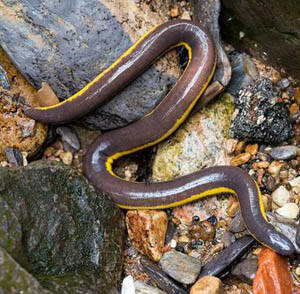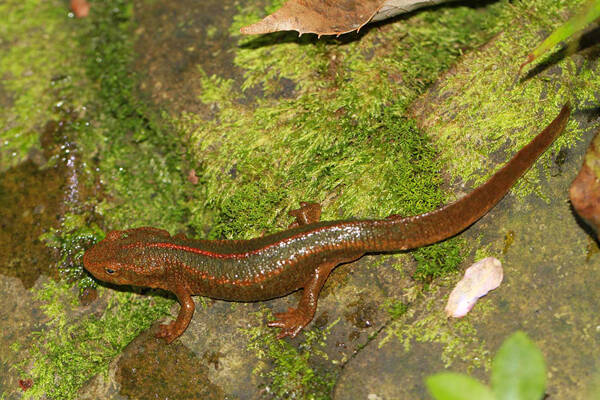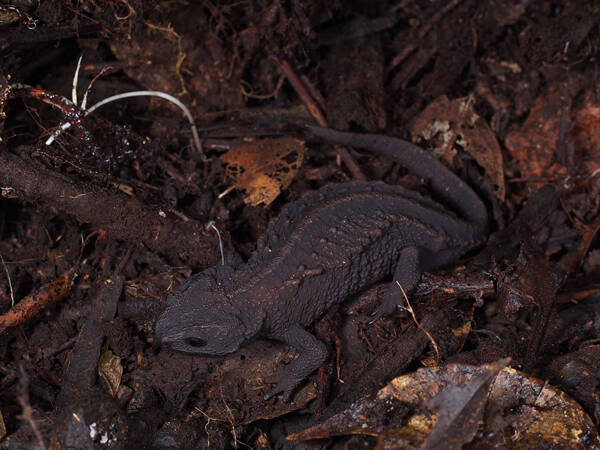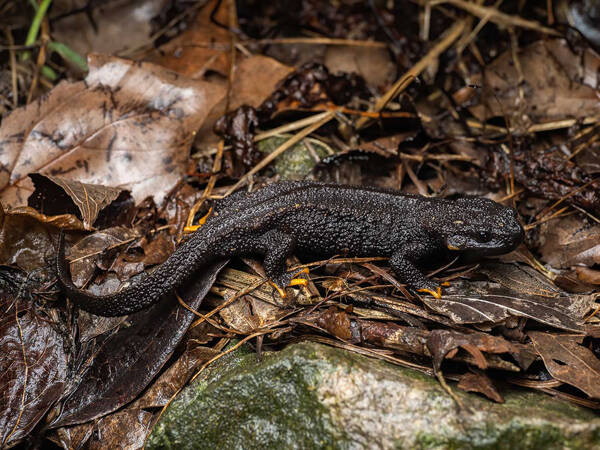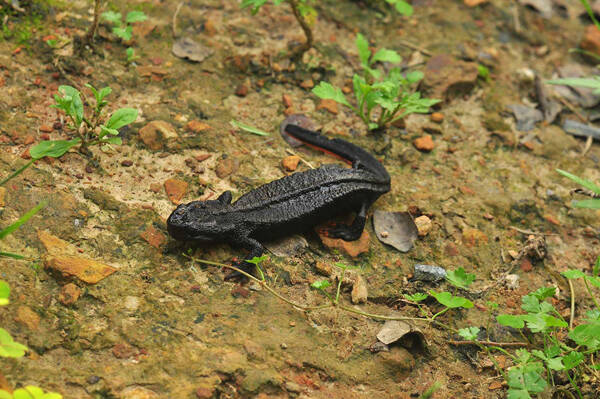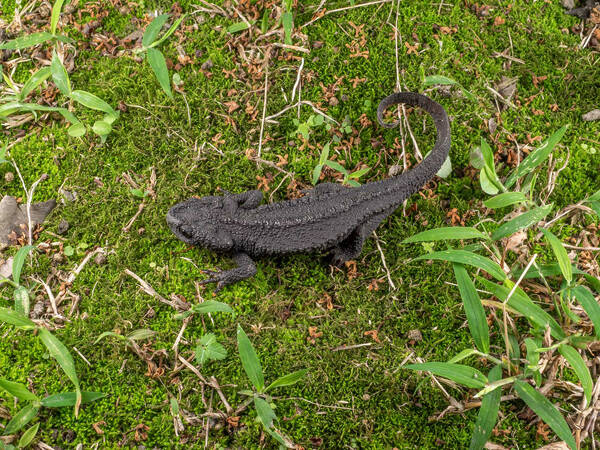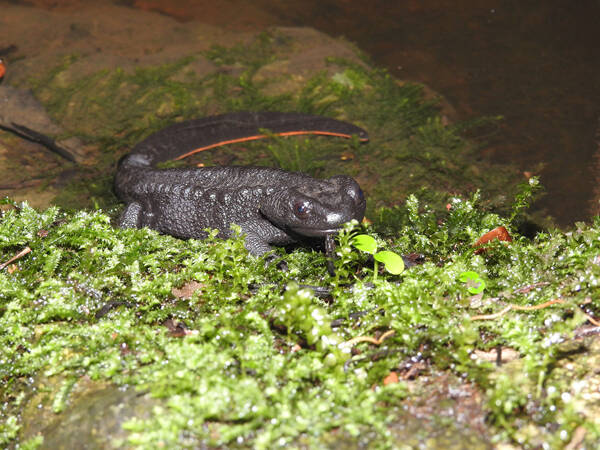Paramesotriton labiatus
IUCN
LCBasic Information
Scientific classification
- name:Paramesotriton labiatus
- Scientific Name:Paramesotriton labiatus
- Outline:Urodela
- Family:Caudata Salamandridae Salamander
Vital signs
- length:92.2-169.4mm
- Weight:
- lifetime:
Feature
Slender body, flat head, longer than wide
Distribution and Habitat
Endemic to China, distributed in Guangxi (Jinxiu Dayao Mountain, Longsheng).
Lives in streams in mountainous areas with an altitude of 880-1300m. The vegetation on both sides of the mountain stream is lush, consisting of broad-leaved trees, herbs and vines. The stream surface is 3-4m wide, with many ponds, and there are many gravels, mud and stones in the stream. During the day, the adult newt hides under the stones at the bottom of the water.
Appearance
The skin on the back of the head and body is relatively smooth, without scrofula, and has fine constrictions; there are no glandular ridges on the sides of the head, but there is a V-shaped ridge on the occipital part, and the dorsal ridge is thin and slightly raised, connected to the V-shaped ridge on the head; there are no rib grooves on the dorsal side of the body; there are no neck folds, and there are transverse constrictions on the ventral side of the body; the dorsal folds at the rear of the tail are obvious. The dorsal side of the body is olive brown; the ventral side of the body is light brown with irregular orange-red spots; there is a black edge in front of the anal hole, and the lower edge of the tail is orange-red.
Details
Spotless newt During the day, adult newts were found hiding under the rocks at the bottom of the water. There were small fish, aquatic invertebrates and other small animals among the rocks in the stream. This newt is in the same stream section as Yaoshan Fatty NewtPachytriton inexpectatusLive together.

The spotless newt is a wild animal of the order Caudata and family Salamandridae.

This wild animal is a national second-level key protected wild animal.


